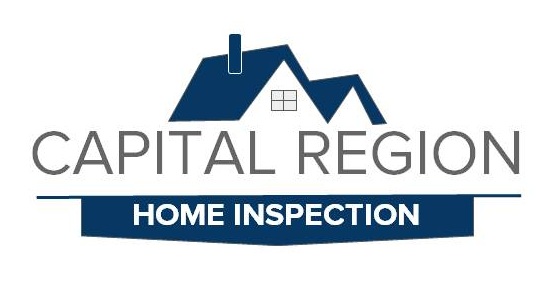Inside the Mold Assessment Process: A Mold Inspector's Perspective
As a mold inspector, I often find myself in the unique position of being a detective of sorts, uncovering hidden threats lurking within the walls and crevices of homes and buildings. Mold, while often unseen, can pose serious health risks and structural concerns if left unchecked. In this blog post, I'll take you through the mold assessment process from my perspective, shedding light on the steps involved and why each one is crucial in ensuring a thorough evaluation of mold presence.
1. Initial Consultation: Every mold assessment begins with an initial consultation with the client. This is where I gather essential information about the property, including any visible signs of mold, recent water damage incidents, and the client's concerns regarding indoor air quality. Understanding the client's specific situation allows me to tailor the assessment accordingly.
2. Visual Inspection: The cornerstone of any mold assessment is a comprehensive visual inspection of the property. Armed with specialized tools and keen observation skills, I meticulously examine every inch of the premises, from the basement to the attic. I look for telltale signs of mold growth, such as discoloration, musty odors, and water stains. Additionally, I assess areas prone to moisture accumulation, such as bathrooms, kitchens, and around windows and doors.
3. Moisture Measurement: Mold thrives in damp environments, making moisture assessment a critical component of the inspection process. Using moisture meters, I identify areas of elevated moisture levels that could indicate underlying water intrusion or leakage. By pinpointing the source of moisture, I can help clients implement effective remediation strategies to prevent mold from recurring.
4. Air Sampling: In some cases, mold growth may be present in areas not readily visible to the naked eye. To assess indoor air quality and detect airborne mold spores, I conduct air sampling using specialized equipment. These samples are then analyzed in a laboratory to determine the type and concentration of mold present. Air sampling provides valuable insights into the extent of mold contamination and helps guide remediation efforts.
5. Detailed Reporting: After completing the assessment, I compile my findings into a detailed report for the client. This report includes an overview of the inspection process, documented evidence of mold growth or moisture issues, laboratory results from air and surface samples, and recommendations for remediation and prevention. Clear communication is essential, and I take the time to explain the report thoroughly, addressing any questions or concerns the client may have.
6. Remediation Guidance: As a mold inspector, my role extends beyond identifying mold problems—I also provide guidance and support to clients throughout the remediation process. Whether it's recommending reputable remediation contractors, overseeing remediation efforts to ensure compliance with industry standards, or advising on preventive measures to minimize the risk of future mold growth, I strive to empower clients to create healthier, mold-free environments.
In conclusion, the mold assessment process is a meticulous and multifaceted endeavor that requires expertise, precision, and a commitment to excellence. By following a systematic approach that encompasses visual inspection, moisture measurement, air sampling, and detailed reporting, mold inspectors play a crucial role in safeguarding the health and well-being of occupants and preserving the integrity of homes and buildings. If you suspect mold may be present in your property, don't hesitate to reach out to a qualified mold inspector to schedule an assessment—it's the first step toward a safer and healthier indoor environment.
